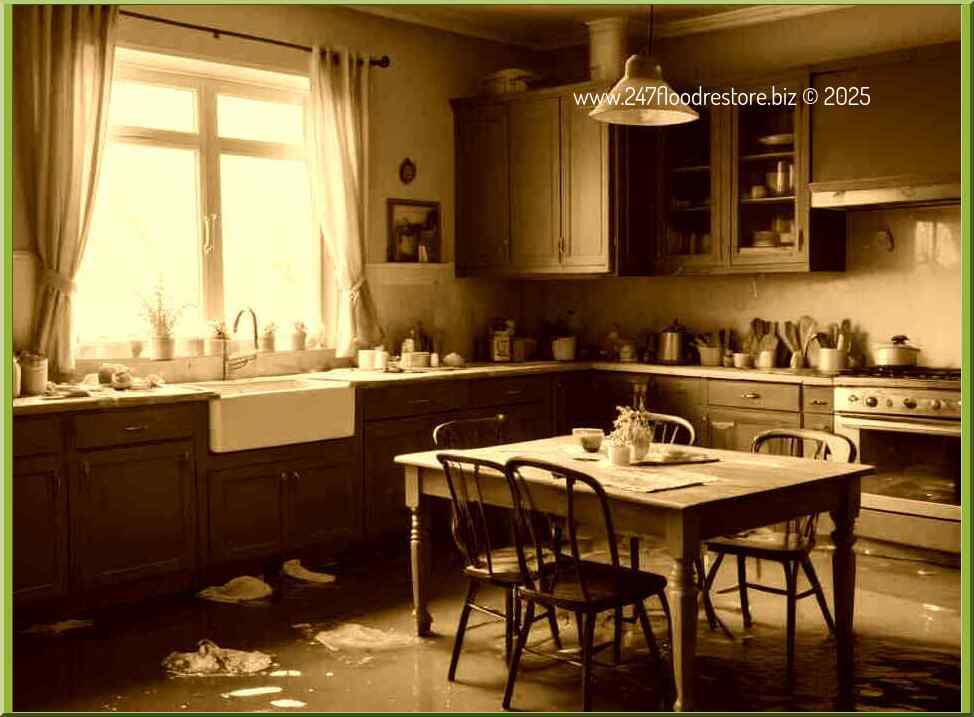
When water enters a building or accumulates within its walls, floors, or ceilings, it creates an environment conducive to microbial growth and material decay. This moisture becomes trapped within porous surfaces if not addressed promptly. By introducing targeted heat sources into key locations prone to potential moisture infiltration or retention points, you can effectively mitigate these risks.
One significant benefit of strategically placed heating units is their ability to speed up drying processes after water damage occurs. Rapidly removing excess moisture prevents further destruction while minimizing the chances of rotting or warping developing in susceptible areas like wooden supports or subflooring.
Here are some crucial spaces where heating units should be installed as part of your water damage prevention strategy:
1. Basements: These underground areas tend to be naturally cooler due to limited ventilation and insulation options. Installation of appropriate heaters helps maintain a regulated temperature that discourages condensation buildup on concrete walls/floors, preventing dampness-related issues.
2. Crawl Spaces: Often found beneath homes with pier-and-beam construction systems rather than full foundations; crawl spaces are highly vulnerable to high humidity levels that promote mold growth and compromise structural stability. Installing specialized crawl space heaters minimizes risk by keeping this area free from excess humidity.
3. Bathrooms/Laundry Rooms: Locations where moisture levels tend to rise substantially due to daily activities often require additional protection against potential water damage threats caused by persistent humidity accumulation from hot showers/water usage.
4. Kitchens: Areas prone to water spills, leaks from appliances like dishwashers or refrigerators, and the occasional plumbing mishap require heating units as an added layer of defense against moisture's detrimental effects on cabinetry, subfloors, and adjacent walls.
5. Attics: Inadequately ventilated attics can trap excess humidity resulting from temperature fluctuations between indoor spaces and the outdoors. Installing appropriate heaters keeps these enclosed areas dry while preventing condensation that could damage insulation materials or weaken roof structures.
The placement of heating units in critical areas not only helps prevent water damage but also ensures a healthy living environment for occupants by reducing the risks associated with mold growth. However, it's imperative to consult professionals who specialize in water damage repair when addressing specific needs unique to your property.
By being proactive in safeguarding your structure, you can avoid costly repairs down the road and maintain a secure space that stands strong against any potential water-related challenges.